3 Key Points to Know What are Marine Passenger Seats
Marine passenger seats are critical in assuring the comfort, safety, and enjoyment of passengers on boats, ferries, cruise ships, and other marine vessels. These seats are built to endure the unique challenges of the marine environment, such as vibrations, rough seas, and continuous saltwater exposure. In this essay, we will delve into the world of marine passenger seats, emphasizing their significance, materials, and correct maintenance. We will also look into the elements that make marine passenger seats an essential component of modern maritime travel.
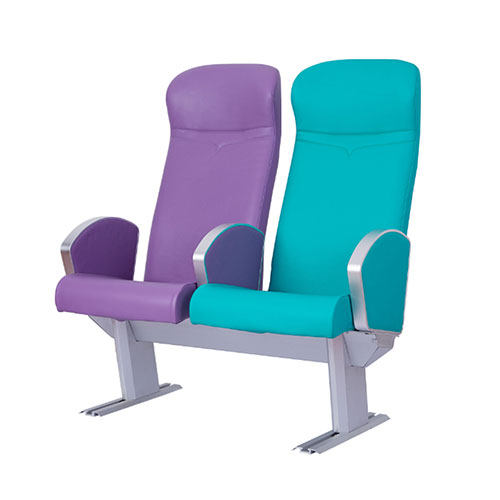
Why Marine Passenger Seats are Important
Marine passenger seats play an important role in providing a comfortable and secure environment for passengers on their sea vessels.
Comfort: Long travels by sea can be exhausting, thus comfortable seating is essential for travelers to have a pleasant experience. Seats with proper support, padding, and ergonomics help to alleviate tiredness and increase passenger well-being during the journey.
Stability and Safety: With rough seas and tumultuous circumstances, marine habitats can be unpredictable. Properly built seats aid in passenger stability and reduce the likelihood of falls or injury in such scenarios. Seats with armrests and seat belts provide additional security measures to keep people safe.
Space Efficiency: Marine ships frequently have restricted capacity, particularly in passenger spaces. Marine passenger chairs are designed to be as space efficient as possible, allowing for ideal seating arrangements and accommodating more passengers without sacrificing comfort or safety.
Durability and Longevity: Marine environments bring particular challenges, such as saltwater exposure, severe temperatures, and frequent vibrations. Marine passenger seats are made of tough materials and have unique coatings to withstand the elements, assuring their endurance and structural integrity over time.
Compliance with Safety Regulations: Strict safety regulations and standards govern the maritime industry. These criteria are met by marine passenger seats, which include seat anchoring, fire resistance, impact resistance, and emergency egress capabilities. Compliance with these requirements assures passenger safety and well-being in the event of an emergency or an accident at sea.
Aesthetic Appeal: Marine passenger seats contribute to the overall aesthetics and ambiance of the vessel. They are available in a range of styles and finishes, allowing for personalization to match the interior décor and branding of the vessel.
Passenger Satisfaction: Passenger pleasure is increased by comfortable and well-designed seating, which leads to positive ratings, repeat business, and referrals. It is critical for maritime transport companies to provide a comfortable and enjoyable experience for their passengers.
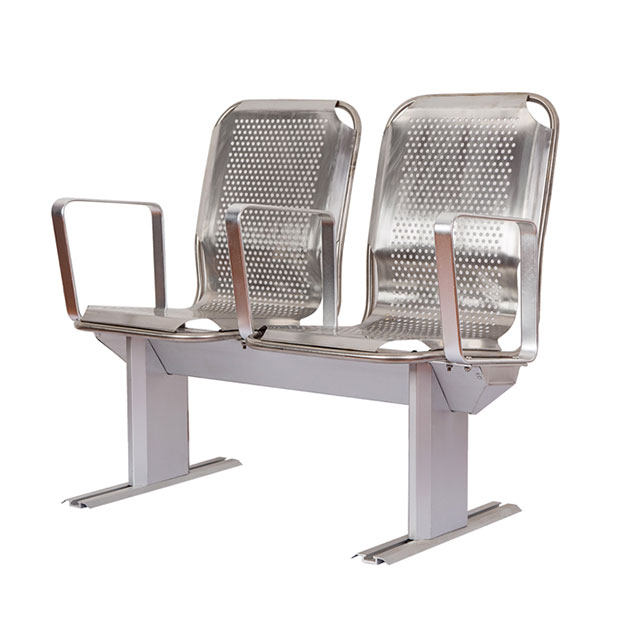
What are the Common Used Materials of Marine Passenger Seats
Marine passenger chairs are made from a range of materials chosen for their durability, corrosion resistance, and ability to tolerate the severe marine environment.
Marine-Grade Aluminum: Because of its lightweight nature, high strength-to-weight ratio, and superior corrosion resistance, marine-grade aluminum alloys are commonly employed in marine seat construction. Aluminum seats are easy to repair, can endure seawater exposure, and have outstanding structural integrity.
Stainless Steel: Another typical material for marine passenger chairs is stainless steel. It has great corrosion and rust resistance, making it perfect for usage in marine conditions. Stainless steel seats are durable, sturdy, and require minimal maintenance.
Fiberglass: For boat passenger seats, fiberglass-reinforced polymers (FRP) are often utilized. Fiberglass is resistant to corrosion, water, and UV light. It is lightweight and robust, with good structural stability. Fiberglass seats can be molded into a variety of shapes and designs, allowing for personalization.
Specialized Plastics: Marine seats are made from specialist plastics such as high-density polyethylene (HDPE) or acrylonitrile butadiene styrene (ABS). These plastics are resistant to water, solvents, and UV rays. They are lightweight, long-lasting, and simple to clean.
Marine-Grade Upholstery Fabrics: Maritime-grade upholstery textiles are frequently used on the seating surfaces of maritime passenger seats. These textiles are specially developed to survive the coastal environment, with water, salt, fading, and mildew resistance. They are also UV resistant and rapid drying.
Foam Cushioning: Cushioning in marine passenger seats is provided with high-density foam. It gives passengers comfort and support throughout extended travels while also being resistant to moisture and mold growth.
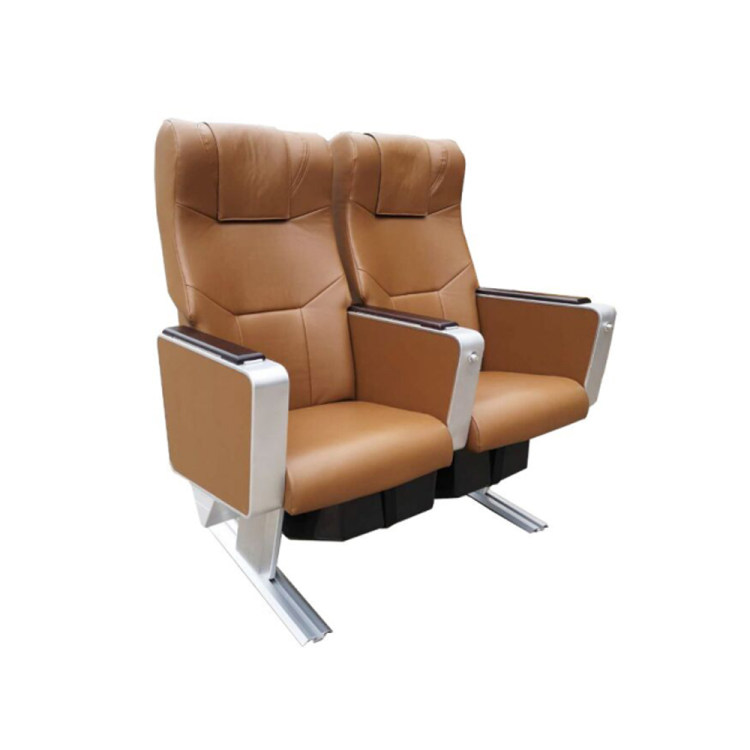
What is the Proper Maintenance of Marine Passenger Seats
Regular maintenance helps to avoid degradation, increases the life of the seats, and maintains passenger comfort and safety.
Regular Cleaning: Clean the seats on a regular basis to remove any dirt, salt, or debris that has accumulated. To clean the sitting surfaces, use a light detergent or soap solution and a soft brush or sponge. Avoid using harsh chemicals or abrasive cleaners that may damage the seat materials.
Upholstery Care: If the seats have upholstered surfaces, clean and maintain them according to the manufacturer’s instructions. To remove dust and dirt from the upholstery, vacuum or brush it on a regular basis. Any stains should be treated as soon as possible using gentle cleaning products indicated for marine-grade upholstery materials. To prevent mold or mildew growth, avoid excessive moisture and make sure the upholstery is completely dry before usage.
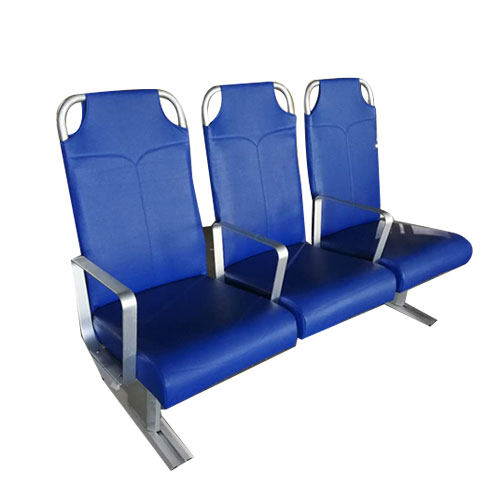
Inspection and Repair: Inspect the seats on a regular basis for evidence of wear, loose fittings, or damage. Examine the seat frames, fasteners, and anchoring systems for signs of rust or structural damage. Replace any worn-out or broken components as soon as possible. For repairs or component replacements, consult the manufacturer’s instructions or seek expert assistance.
Lubrication: If the seats contain moving elements, such as hinges or swivel mechanisms, use a marine-grade lubricant to keep them working smoothly. Lubricate the moving parts according to the manufacturer’s recommendations to prevent friction and wear.
Protection from Sunlight: Sunlight exposure can cause fading and damage of seat materials. When not in use, cover the seats with appropriate protective covers or keep them in a shady area to avoid direct sunlight exposure.
Saltwater Rinse: If the seats have been exposed to saltwater, clean them well after each usage. Saltwater has the potential to accelerate corrosion and harm metal components. Rinse thoroughly to eliminate any salt residue and thoroughly dry the seats to avoid moisture-related concerns.
Follow Manufacturer’s Guidelines: Always follow the maintenance instructions and recommendations provided by the manufacturer for your maritime passenger seats. They may include additional care instructions, cleaning chemicals to use or avoid, and any special maintenance requirements based on the seat materials and design.
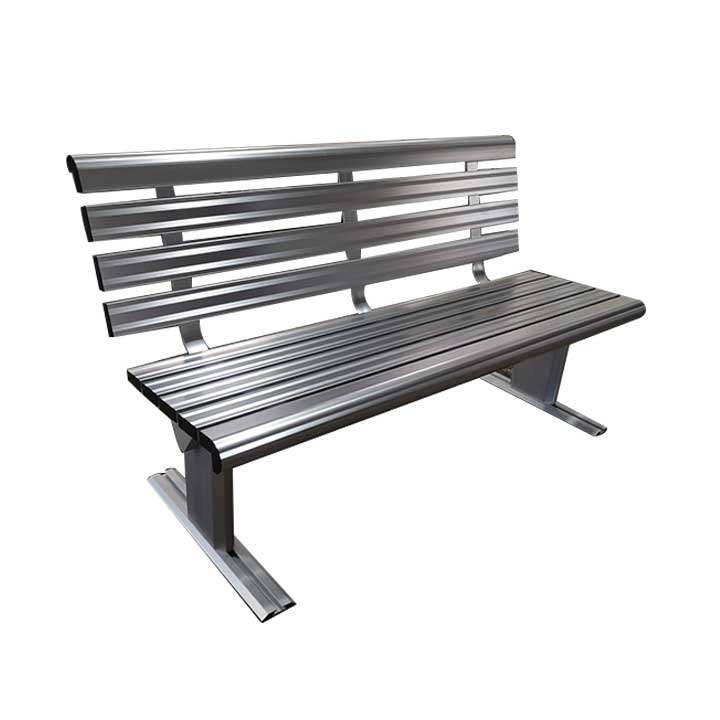
Summary
Passengers on board maritime boats rely on marine passenger seats to ensure their comfort, safety, and functionality. These ship chairs are specially engineered to endure the unique challenges and demands of the marine environment, such as rough seas, vibrations, and saltwater exposure.


